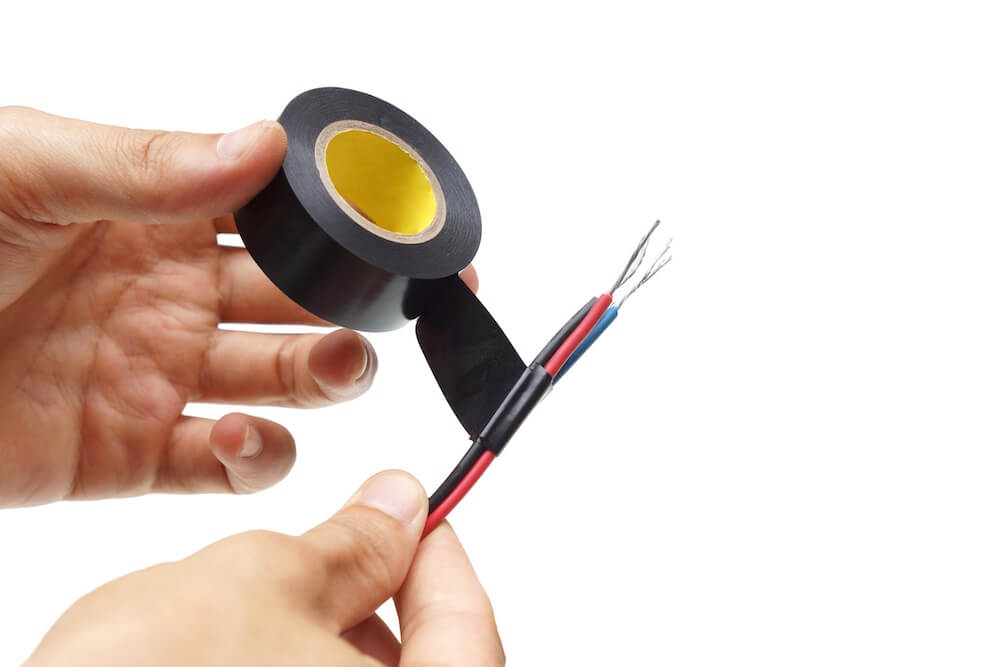What Are Pull Tabs?

Whenever one of our sales reps speaks with a customer, they typically let them know that our wire bundles come with multiple binding and harness options, one of which is pull tabs. The most common response to this question by both electrical contractors and electrical distributors is “what are pull tabs?”
In short, pull tabs are small pieces of low residue electrical tape that wrap around a group of conductors to hold them in place. Sometimes they are referred to as quick release tabs or cross tape. Applied at premeasured intervals and wrapped around all the conductors, the pull tabs hold our bundled cable together. This option would be used instead of a nylon, aramid, or kevlar binder.
Why do electrical contractors choose pull tabs? It is often a preference based on the layout of the conduit. Some, customers prefer a nylon binding while others do not. Some customers dislike the nylon binding’s potential to get caught in a bend or snagged on a minor conduit imperfection when it is pulled. While there are ways to reduce these occurrences with how the binder is applied around the bundle, the easiest way is to have the wires flow loosely as if they were single conductors once in the conduit.
This is where pull tabs excel, as they give the benefit of pulling the cable all together to start, but then the wires are separated as the pull continues. The pull tabs offer a quick release, and since the electrical tape leaves no adhesive residue, the conductors will not stick to each other or the conduit as the cable is fed into the conduit. This allows each conductor of wire to flow as if single conductors were being pulled, eliminating the stiffness that a tighter bound nylon harness would have. Pull tabs give an electrical contractor a sense of a hassle-free pull. That said, though most pulls using the nylon harness go through smoothly, they always have the potential to bunch or snag if too much binder is applied or the harness is exceptionally tight.
The pull tabs are the best alternative to the textile binders as the electrical tape pull tab doesn’t cover as much surface space as a nylon harness. The tabs are removed before entering the conduit leaving no adhesive residue to cause additional friction during the pull. Another advantage of having the bundle undone and the wire flowing loosely as it is fed into the conduit is that each conductor bends naturally and is pushed around imperfections as it is pulled. With a nylon binder, the bundles held together are stiffer and the bend radius is less, so pulling through corners and bends may create more friction.
Additionally, the bending pressure may cause “pop outs” of a few conductors in the cable or the binder can get caught on any imperfections that loose conductors naturally flow around making it more difficult to pull.
So why not just go with pull tabs? The major disadvantage is that the pull tabs in most places cannot be pulled into the conduit. If they could, they might snag, get pulled off, and collect in the conduit to form a blockage, much like those that form in sewer lines. This coupled with the manpower needed to remove the pull tabs slows down the install, whereas the tighter nylon bound bundle is just pulled end to end.
If you want to learn more about the electrical bindings, have a look at our article on the advantages and disadvantages of different wire bundled bindings.

READY TO SAVE TIME & MONEY WITH BUNDLED CABLE?
Get a quote on our custom cable bundles today.


